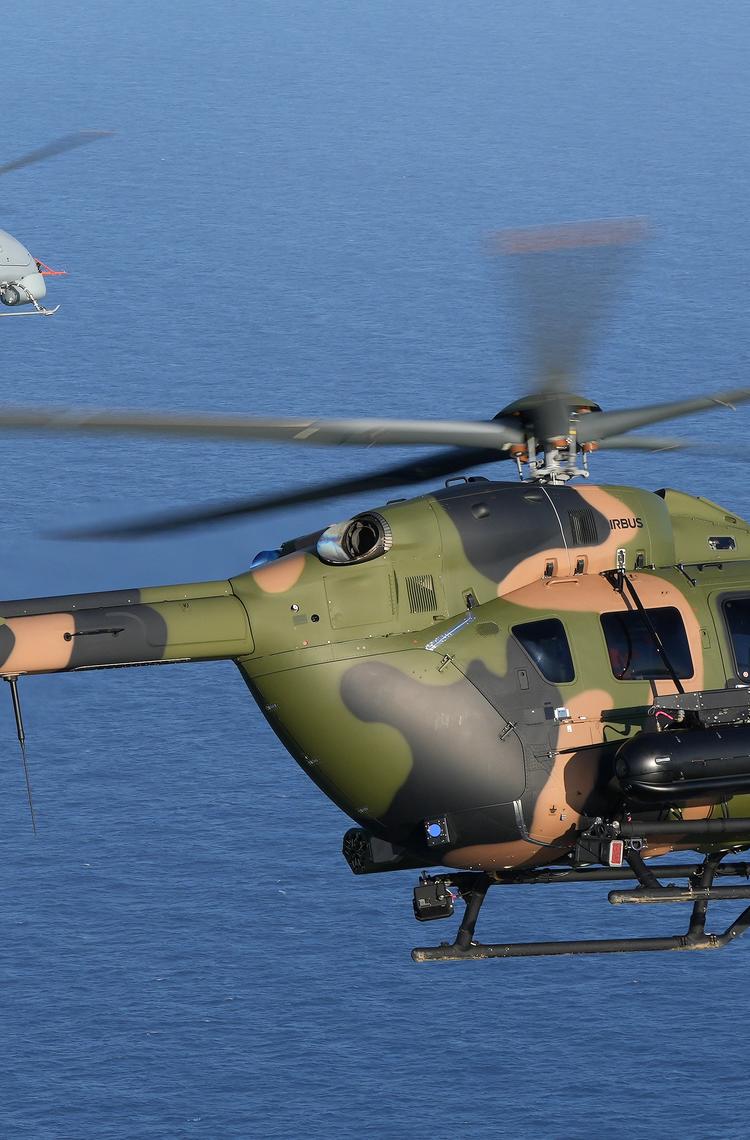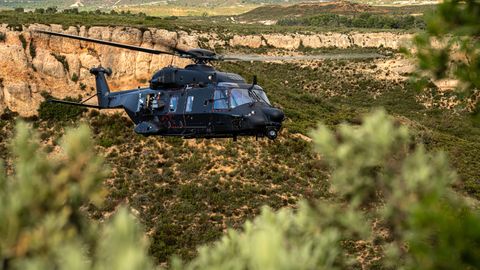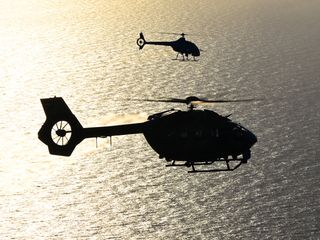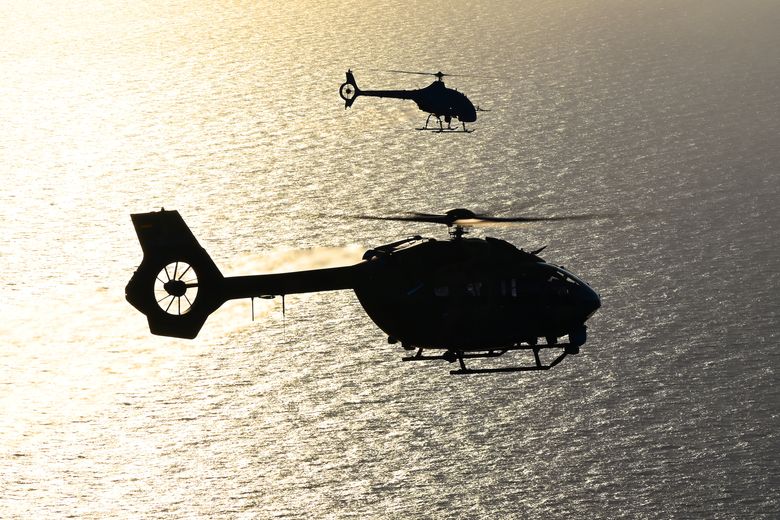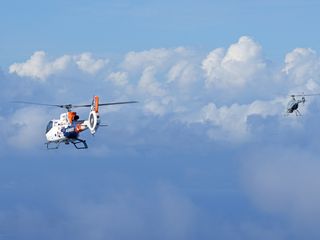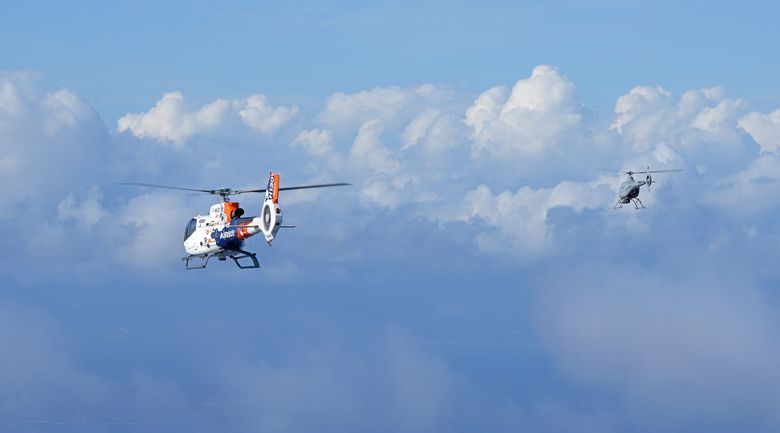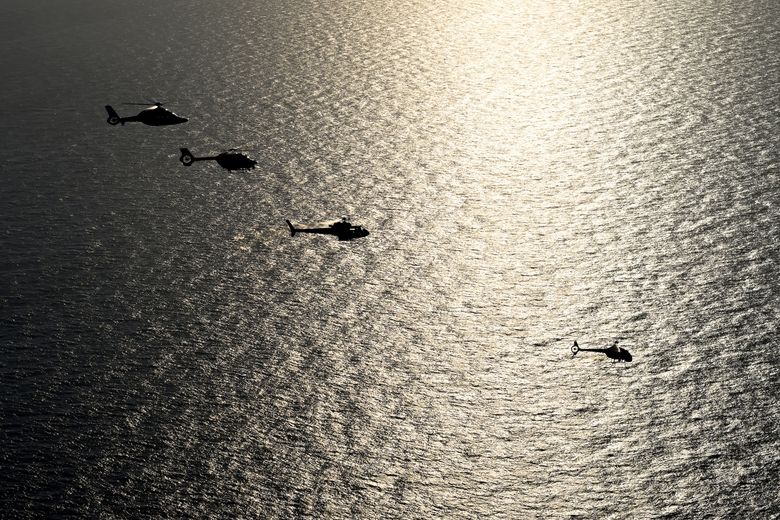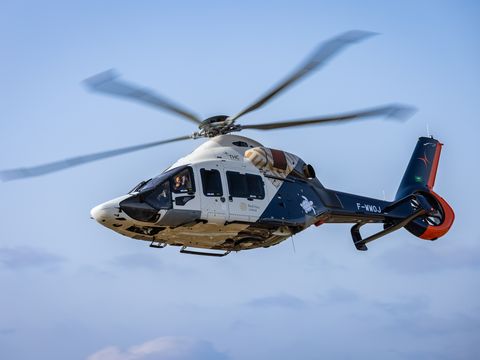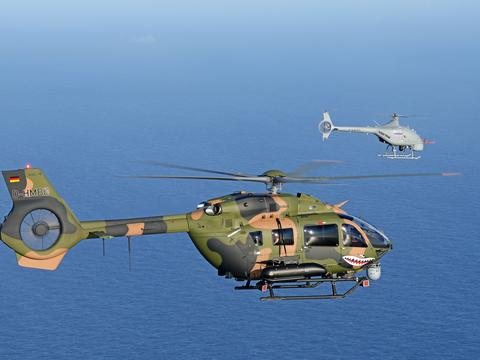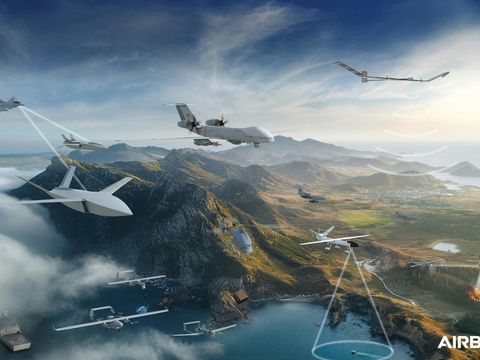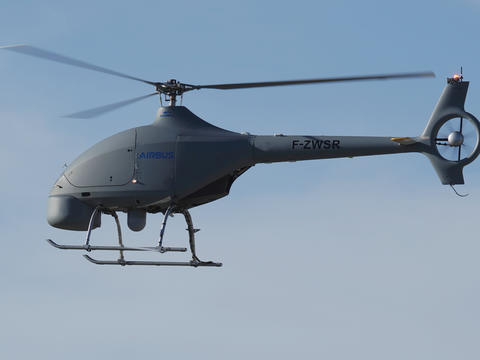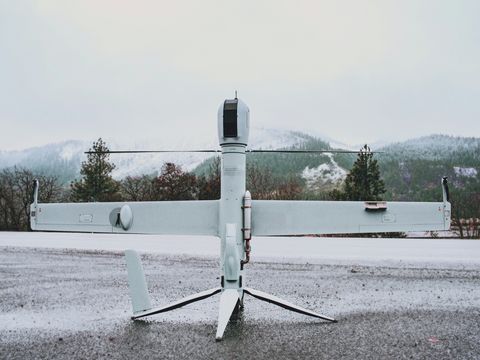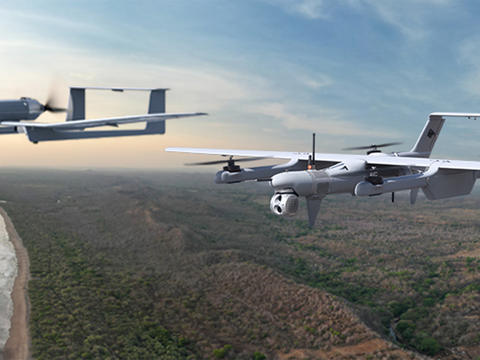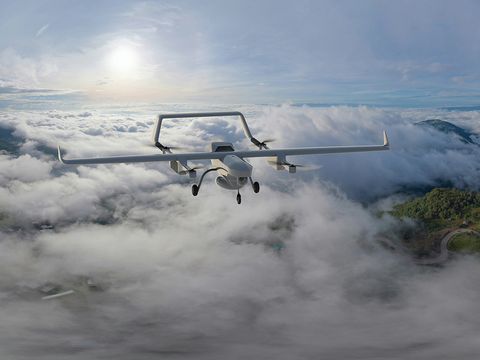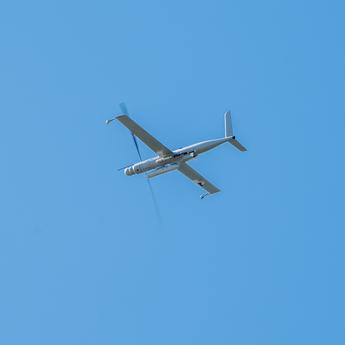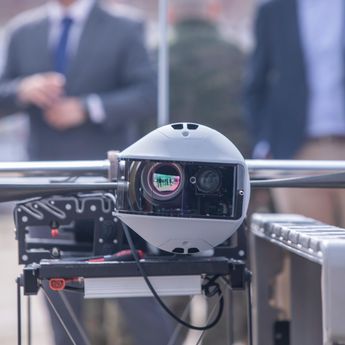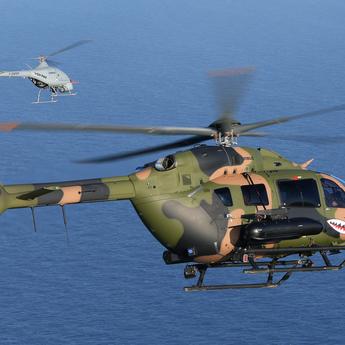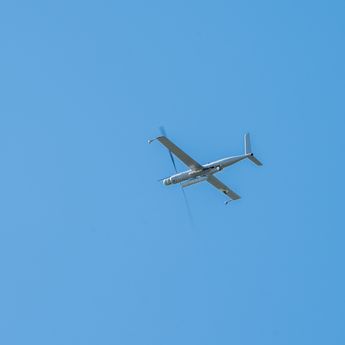Enabling helicopters to perform missions in perfect harmony with uncrewed aerial systems (UAS) will multiply the capabilities of the assets, offering huge benefits for operators dealing with evolving environmental or military crises. Airbus Helicopters Head of UAS Business, Victor Gerin-Roze, shares Airbus’ vision for crewed-uncrewed teaming.
What is Airbus Helicopters’ crewed-uncrewed teaming strategy?
Victor Gerin-Roze: Crewed-uncrewed teaming will be a capability-driven activity to enhance the effectiveness of our helicopters. Our plan is incremental with short- to long-term milestones. The idea is to go from teaming one drone and one helicopter, then, several drones (including Air-Launched Effects)* and several helicopters. In the future, we’ll see some autonomous mission tasking or management of a swarm of drones with real-time manoeuvring of the teamed assets. Then there will likely be some aspects related to enhanced survivability of the system, with a set of drones deciding themselves how to operate and to protect the crewed assets—deploying themselves, detecting the threat and deploying countermeasures. It’s an exciting area of work; every discussion with military, parapublic and civil operators leads to the consideration of new use cases and concepts.
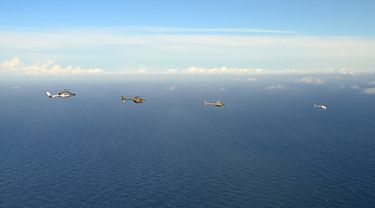
What were the key learnings from the European MUSHER project?
MUSHER was a giant leap forward. It was the first time that we could experience this kind of teaming on such a scale and between our platforms and other products. One of the objectives was to develop a standardised communication protocol. This is what we need to work on at a European level. We were able to demonstrate up to what’s called Level of Interoperability 4, meaning that the drone was controlled from the helicopter. It was a live test of our capability and, importantly, proved that helicopters and UAS from different companies can work together integrated into a single crewed-uncrewed teaming system. Being able to deliver this kind of sovereign European solution is even more vital today. It’s essential to pool resources to ensure the interoperability between the different platforms or to be able to navigate challenges, whilst also fostering innovation and competition, all the while strengthening Europe’s industrial base.
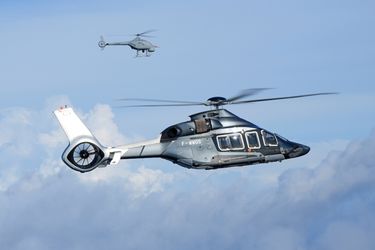
What will the role of artificial intelligence be in autonomous missions?
Victor Gerin-Roze: AI is already being used, but looking further forward, it could provide the capability of doing collaborative decision-making, or at least support the crew’s decision-making—reducing workload and allowing the crew to focus on higher-level command and control functions. End users also want us to provide processed information; it’s already very complex to manage a mission from a helicopter, but if on top of that you have to manage the information coming from drones, it has to be pre-digested and AI can clearly help a lot. An example would be tasking a swarm of drones to do reconnaissance, by just selecting an area on the map. Then the drones organise themselves and decide the best approach to complete the objective. It’s no longer the crew controlling each and every drone, it’s the drones themselves deciding how to best perform the mission.
How will Airbus Helicopters stay at the forefront of crewed-uncrewed teaming?
Victor Gerin-Roze: We need to keep the ball rolling! It’s really the kind of domain where we need to cooperate and gain as much experience as possible as quickly as possible— especially in live operations. That’s why we are accelerating our roadmap to deliver a crewed-uncrewed teaming tablet. Crewed-uncrewed teaming has emerged as a critical enabler, especially with the evolution that we see on the European defence landscape, with much more demand for agility, responsiveness, reduced development lead times and for being truly all-domain. Crewed-uncrewed teaming is not just adding a new product line. It’s really to add a product which will enhance the rest of our products, multiplying their effectiveness. We are well positioned, but keeping our leading position in Europe starts with real operations.
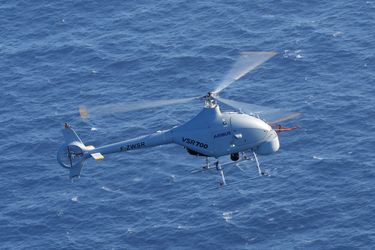
The future of crewed-uncrewed teaming at Airbus Helicopters
Airbus Helicopters’ HTeaming represents an important leap forward in its crewed-uncrewed teaming strategy, transforming the vision of helicopter-drone collaboration into a tangible solution. HTeaming is a brand-new, modular system designed to give helicopter crews full control of uncrewed aerial systems (UAS) in flight. This innovative solution comes as a range of systems designed for deployment either as a standalone unit, or to be integrated into existing helicopter mission systems. The standalone HTeaming system features a user-friendly tablet with an enhanced human-machine interface, software to manage the UAS, a modem and four dedicated antennae for helicopter installation.
Crucially, it’s engineered for operation by a standard helicopter crew with a reduced workload, aligning with Airbus Helicopters’ commitment to enhancing mission efficiency and safety. Flight trials are already well underway, including a successful test in May 2025 involving a Spanish Navy H135 helicopter and an Airbus Flexrotor UAS. More extensive trials are planned across various platforms, demonstrating the system’s broad applicability.
